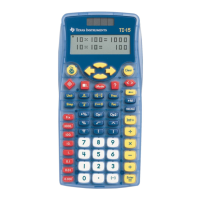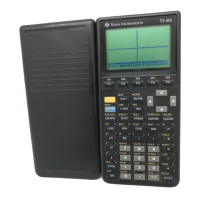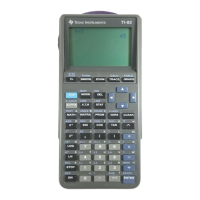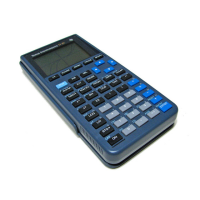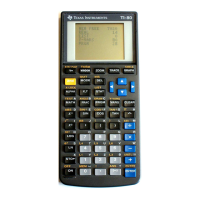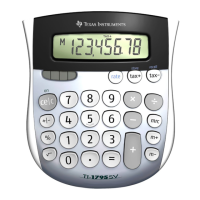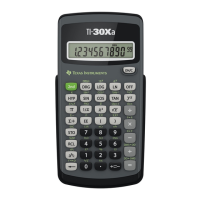Programming 697
Loop and loop-related commands reside on the Program Editor’s Control
and
Transfers menus.
When you insert one of the loop structures, its template is inserted at the
cursor location. You can then begin entering the commands that will be
executed within the loop.
For...EndFor loops
A For...EndFor loop uses a counter to control the number of times the
loop is repeated. The syntax of the For command is:
Note: The ending value can be less than the beginning value, provided
the increment is negative.
For variable, begin, end [, increment]
À Variable used as a counter
Á Counter value used the first time For is executed
 Exits the loop when variable exceeds this value
à Added to the counter each subsequent time For is executed (If this
optional value is omitted, the increment is 1.)
When For is executed, the variable value is compared to the end value. If
variable does not exceed end, the loop is executed; otherwise, control
jumps to the command following EndFor.
Note: The For command automatically increments the counter variable
so that the function or program can exit the loop after a certain number
of repetitions.
At the end of the loop (
EndFor), control jumps back to the For command,
where the variable is incremented and compared to end.
For example:
ÀÁÂÃ
i > 5
i { 5
For i,0,5,1
--------
--------
EndFor
--------
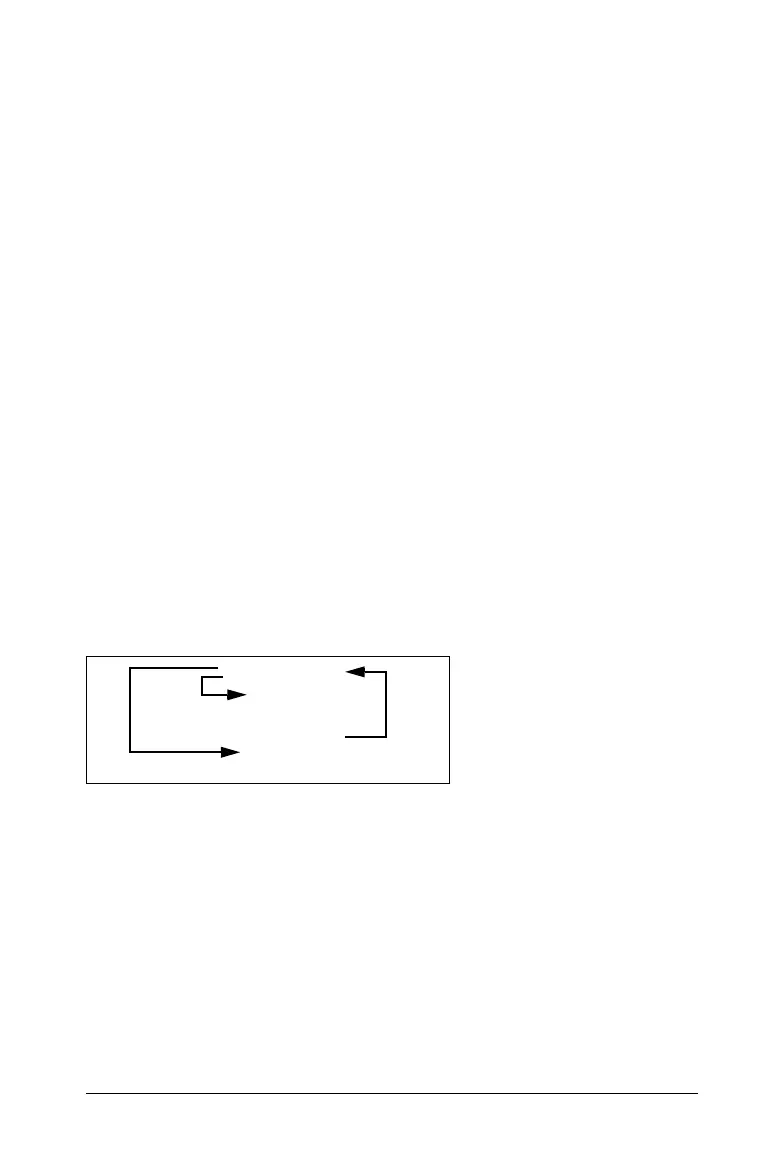